1. Buying a Giant Dining Table You Rarely Use
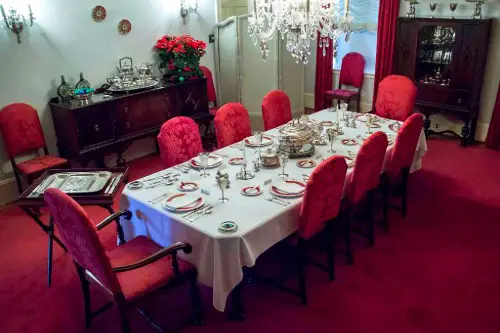
It’s tempting to picture big dinner parties and holiday feasts when you see that 10-seater table—but if you’re only hosting a crowd twice a year, it’s probably overkill. Oversized tables eat up valuable floor space, especially in smaller homes, and can make everyday meals feel awkwardly formal. Plus, they often require matching chairs, table linens, and centerpieces to look “complete,” which adds to the cost. What starts as a hosting flex can quickly become a storage and styling burden.
Instead, opt for a table that fits your daily life and can expand when needed. Drop-leaf or extendable tables offer flexibility without dominating the room. Guests care more about the company than the seating chart. Comfort and flow always beat grandeur.
2. Installing a Wine Fridge You Don’t Really Use
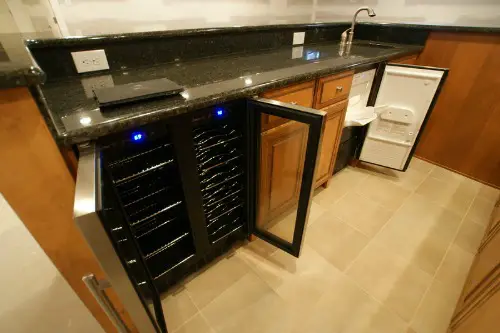
A built-in wine fridge looks sleek and sophisticated, but if you’re not a serious collector or frequent entertainer, it’s often just a glorified beverage cooler. These appliances take up cabinet space, require maintenance, and can be surprisingly pricey. And if you’re only storing a few bottles of grocery store wine, it’s not exactly a smart investment. It’s a classic case of form over function.
Unless you’re aging vintages or hosting tastings, a simple wine rack or bar cart does the job just fine. Save the fridge space for something you’ll actually use. Impressing guests shouldn’t come at the cost of practicality. A good host knows when to pour and when to pivot.
3. Going All-In on Trendy Decor

Checkerboard rugs, squiggle mirrors, and sculptural candles might look great on social media, but they can date your space fast. Guests might be wowed in the moment, but trends fade quickly—and replacing them gets expensive. It also risks making your home feel more like a set than a reflection of your personality. When everything screams “look at me,” it can feel more performative than welcoming.
Instead, mix trend-forward pieces with timeless staples. Let your home evolve naturally rather than chasing every aesthetic wave. Guests are more impressed by authenticity than algorithms. Style that lasts always wins over style that scrolls.
4. Overstyling Every Surface
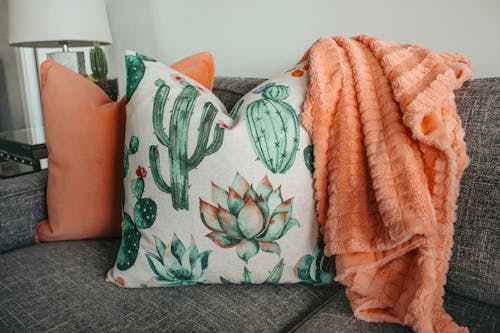
A perfectly curated coffee table tray, a dozen throw pillows, and a bookshelf styled within an inch of its life might look impressive—but it can also feel stiff and uninviting. Guests may be afraid to touch anything or worry about messing up your “look.” Plus, constantly maintaining that level of styling takes time, money, and energy. It’s decor that performs, not lives.
Leave room for real life—books you’re actually reading, a cozy blanket, or a half-burned candle. A little imperfection adds warmth and approachability. People remember how your home made them feel, not how symmetrical your vases were. Comfort is the ultimate luxury.
5. Buying Fancy Serveware You Never Use
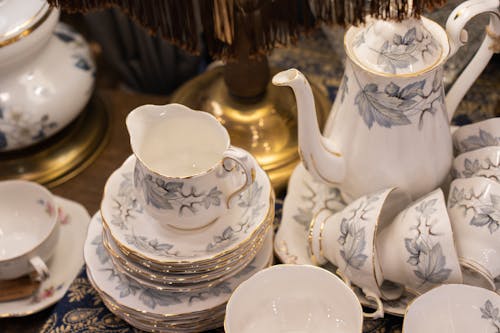
That gold-rimmed china or marble cheese board might look stunning in your cabinet, but if it only comes out once a year—or never—it’s not earning its keep. Specialty serveware often requires hand-washing, careful storage, and matching accessories to feel “complete.” And let’s be honest: most guests are perfectly happy with a regular plate and a good meal. The wow factor fades fast when it’s impractical.
Invest in versatile pieces that work for both everyday use and special occasions. A beautiful ceramic platter or a set of neutral stoneware can go a long way. Hosting is about generosity, not presentation. Use what you love, not just what looks impressive.
6. Installing High-Maintenance Materials
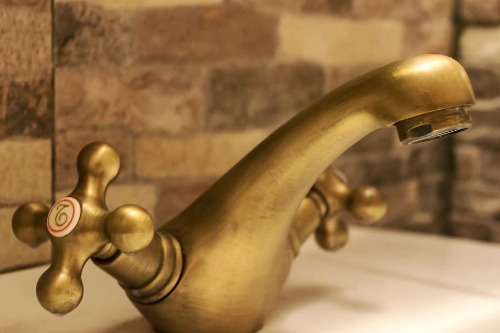
Marble countertops, unlacquered brass fixtures, and matte black finishes look luxurious—but they also scratch, stain, and show every fingerprint. If you’re constantly cleaning or worrying about damage when guests are over, it’s not really serving you. These materials are often chosen to impress, but they can become a source of stress. Beauty shouldn’t come with a side of anxiety.
There are plenty of durable, low-maintenance alternatives that still look high-end. Quartz, brushed nickel, and porcelain tile offer style without the upkeep. A relaxed host is a better host. Choose materials that let you enjoy your space, not tiptoe around it.
7. Creating a “Showroom” Living Room

That pristine white sofa, those delicate accent chairs, and the glass coffee table might look stunning—but if no one feels comfortable sitting down, what’s the point? A living room that’s too precious to use sends the message that style matters more than connection. Guests want to relax, not worry about spilling their drink or wrinkling a throw. A space that’s too perfect can feel cold.
Opt for furniture that’s both beautiful and functional—stain-resistant fabrics, plush cushions, and pieces that invite lounging. Add personal touches like books, blankets, or a playlist in the background. A lived-in space is far more welcoming than a flawless one. Hospitality is about ease, not intimidation.
8. Overplanning the Evening
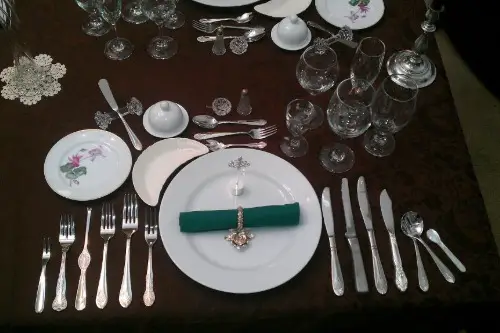
Trying to impress guests with a rigid itinerary—cocktails at 6:00, dinner at 6:45, games at 8:00—can make the night feel more like a performance than a gathering. It leaves little room for spontaneity or real connection. Guests may feel like they’re being managed instead of hosted. And if something runs late, the whole plan unravels.
Instead, create a loose structure and let the night unfold naturally. Have food ready, drinks flowing, and a few conversation starters in your back pocket. The best moments are often the unplanned ones. A relaxed vibe is far more memorable than a tightly choreographed one.
This post 8 Things You’re Doing to Impress Guests That Are Actually Just Expensive Mistakes was first published on Greenhouse Black.
